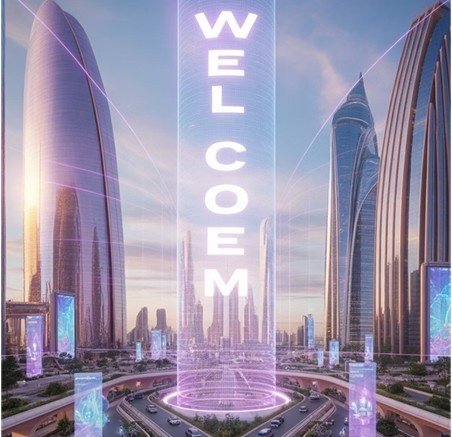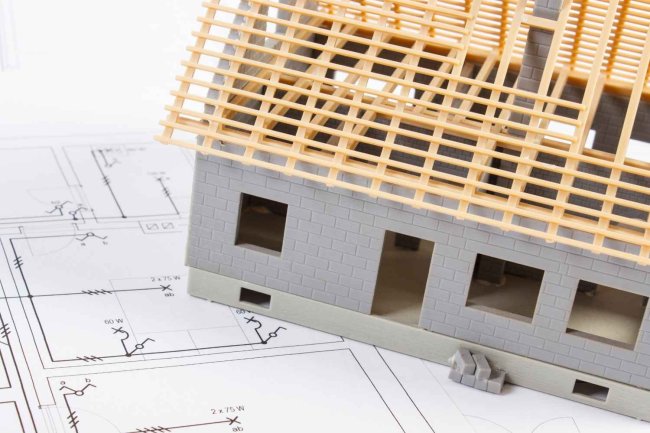Beyond Construction: How BIM Could Transform Smart Cities in the USA
Building Information Modeling (BIM) is expanding far beyond its traditional role in construction. As American cities confront challenges such as aging infrastructure, rapid population growth, and rising sustainability demands, BIM is emerging as a transformative force for smart city development. This shift isn’t just about creating better buildings—it’s about reimagining urban environments to be more intelligent, efficient, and livable.

The Smart City Challenge: Where America Stands Today
|
Current Urban Pressures
American cities stand at a crossroads. Traditional infrastructure planning struggles to keep pace with rapid urbanization and advancing technologies. The siloed model—where transportation, utilities, and buildings operate independently—creates costly inefficiencies, draining billions each year. Smart cities offer a powerful alternative, but achieving this vision requires a fundamental shift in how we plan, design, and manage urban systems. |
|
BIM: The Digital Foundation of Smart Cities
BIM creates comprehensive digital replicas of physical infrastructure, enabling real-time monitoring and predictive maintenance across entire city districts.
Serves as the central repository connecting IoT sensors, utility systems, and building operations into a unified information ecosystem.
Tracks assets from planning through demolition, optimizing maintenance schedules and capital investments for maximum urban efficiency.
Transformative Applications: BIM in Action
Intelligent Transportation
BIM models integrate traffic flow data, parking systems, and public transit networks to optimize mobility patterns. Real-time adjustments reduce congestion by up to 30% while improving air quality and commuter satisfaction.
Smart Energy Management
Coordinate renewable energy sources, building consumption patterns, and grid distribution through integrated BIM platforms. Enables demand response programs and reduces energy waste across city blocks.
Water System Optimization
Monitor water quality, pressure levels, and usage patterns through BIM-connected sensors. Predictive analytics prevent pipe failures and optimize treatment facility operations, saving millions in emergency repairs.
Emergency Response
BIM models provide first responders with detailed building layouts, utility locations, and evacuation routes. Integration with emergency services reduces response times and improves public safety outcomes.
Real-World Success Stories and ROI
Cost Reduction
Cities using integrated BIM systems report average operational cost savings through optimized maintenance and energy management.
Faster Planning
Project approval and permitting processes accelerate when comprehensive BIM data supports decision-making workflows.
Efficiency Gains
Infrastructure utilization improvements achieved through data-driven optimization of city services and resource allocation.
Leading American cities are already demonstrating BIM's transformative potential. Boston's digital twin initiative has revolutionized permit processing, while Las Vegas uses BIM-integrated systems to manage water resources in the desert climate. These early adopters prove that strategic BIM implementation delivers measurable returns while improving citizen services. Companies like Consac are pioneering these integrated approaches, helping municipalities transition from traditional planning methods to data-driven smart city management.
Implementation Roadmap: Making Smart Cities Reality
Assessment and Strategy
Evaluate current infrastructure assets, identify integration opportunities, and develop comprehensive BIM implementation strategies aligned with city goals.
Pilot Project Launch
Begin with a focused district or building cluster to demonstrate value, build stakeholder confidence, and refine processes before city-wide deployment.
System Integration
Connect BIM platforms with existing city databases, IoT networks, and operational systems to create unified digital infrastructure management.
Scaling and Optimization
Expand successful models across city districts while continuously refining data analytics and operational workflows for maximum impact.
Key Success Factors
-
Strong leadership commitment from city officials
-
Cross-departmental collaboration protocols
-
Robust data security and privacy frameworks
-
Citizen engagement and transparency measures
The Future is Now: Your Next Steps
Partner with Experts
Collaborate with experienced BIM professionals who understand both technology capabilities and municipal requirements for successful smart city initiatives.
Start Small, Think Big
Launch pilot projects that demonstrate immediate value while building toward comprehensive smart city transformation across your urban environment.
Embrace Innovation
Stay current with emerging BIM technologies, IoT integration capabilities, and smart city best practices from leading urban centers worldwide.
The transformation of American cities through BIM technology isn't a distant possibility—it’s happening now. Forward-thinking municipalities, developers, and engineering firms are already leveraging these capabilities to create more efficient, sustainable, and livable urban environments. The question isn't whether BIM will transform our cities, but whether your organization will lead this transformation or follow. The smart city revolution begins with a single digital step. Ready to explore how BIM can transform your city's future? The time for smart city innovation is now.
What's Your Reaction?

















